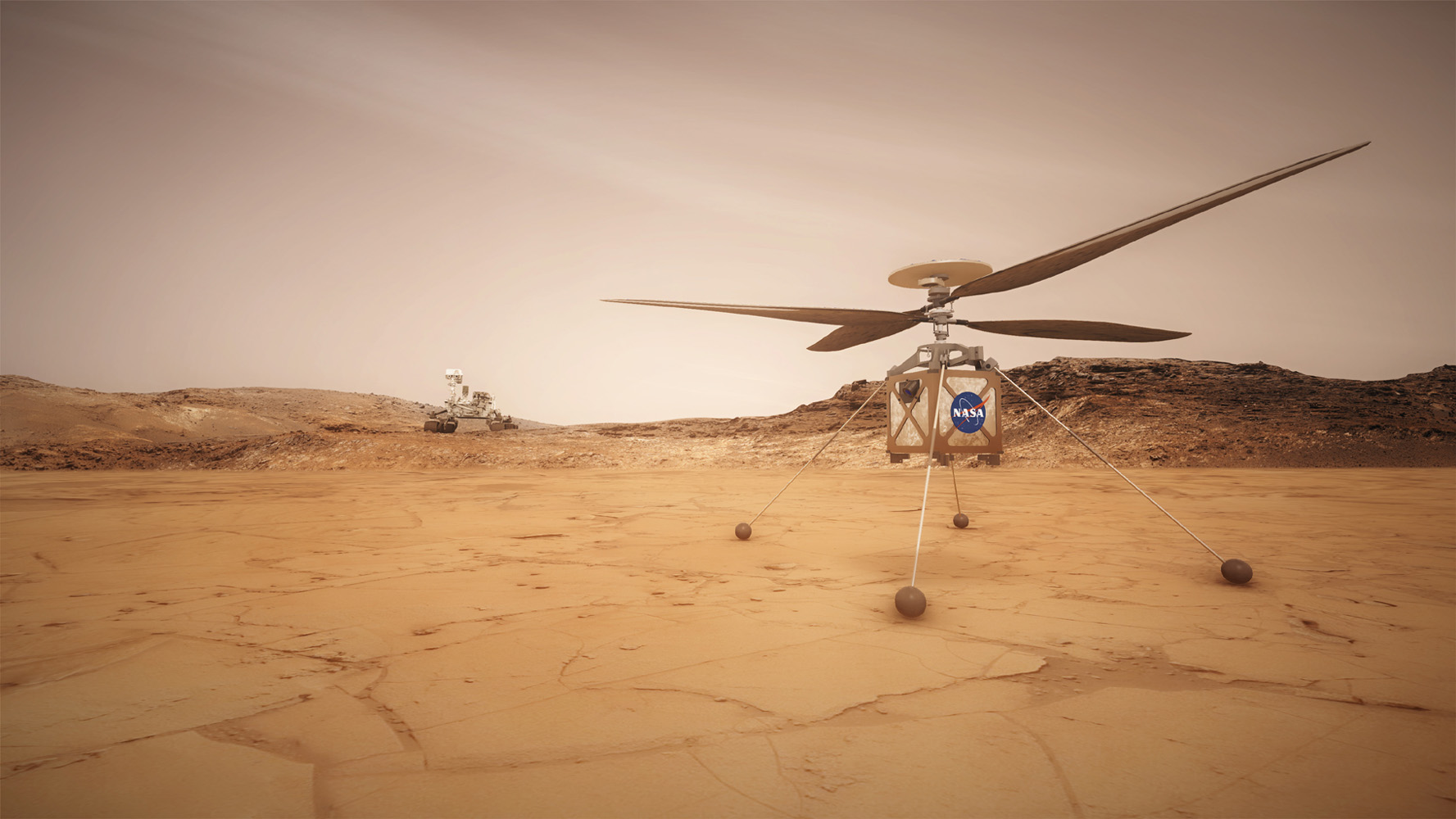Physical Address
304 North Cardinal St.
Dorchester Center, MA 02124
Physical Address
304 North Cardinal St.
Dorchester Center, MA 02124
Being human in this 'brave new world'
Being human in this 'brave new world'

THE 2020 Mars Rover hopes to touch down on the surface of the red planet next year with an historic payload set to unravel the mystery of whether martian life ever existed or still does exist.
One device onboard will be used to detect chemicals on the surface of Mars that would suggest the existence of life.
The device is called the Scanning Habitable Environments with Raman & Luminescence for Organics & Chemicals (SHERLOC) instrument.
Marc Fries, ARES planetary scientist and Mars 2020 instrument co-investigator, said: “SHERLOC is pretty complicated, and we came up with a list of 11 things that all have to be calibrated on this instrument.
“This sophisticated calibration device is also going to be used for a lot of other scientific and engineering investigations, and we’re really excited that it’s JSC’s contribution to the Mars 2020 rover.”
The 2020 rover will also carry technology capable of determining whether humans can live sustainably on Mars.
This would greatly advance the preparedness of humanity to launch NASA manned missions to Mars by the early to mid-2030s.
The 2020 rover will carry a small drone or helicopter.
If successfully flown it will be the first aircraft to fly on Mars or on any planet other than Earth.
The helicopter will be used to explore locations on Mars that are not visible by orbiting observatories.
The flyer would pass over cliff sides and could traverse far more territory than previous rovers.
It would record footage and send back to Earth that will be of a resolution that cannot be achieved by current orbital optical recorders, such as Mars Express.
The advent of the first aerial vehicle on Mars could explore and identify terrain that human crews may use as their first landing points when the visit the red planet.
The launch window for the yet to be named rover is from July 17 to August 18 2020.
The NASA designed payload will be launched by an Atlas C-541 rocket built by the United Launch Alliance company.
After months of inter-stellar travel the rover will decend onto the surface of Mars
The landing site being the Jezero Crater which is within the Syrtis Major quadrangle region of Mars.
Syrtis Major is an old shield volvano and has many interesting features such as ancient dike formations and and inverted terrain.
Like!! Great article post.Really thank you! Really Cool.
It is clear that Mars remains a mystery. NASA is about to send its new robotic cart, the Mars 2020, which will seek to answer fundamental questions about the red planet, including its current and past life possibilities. It will be a big step in Mars exploration.